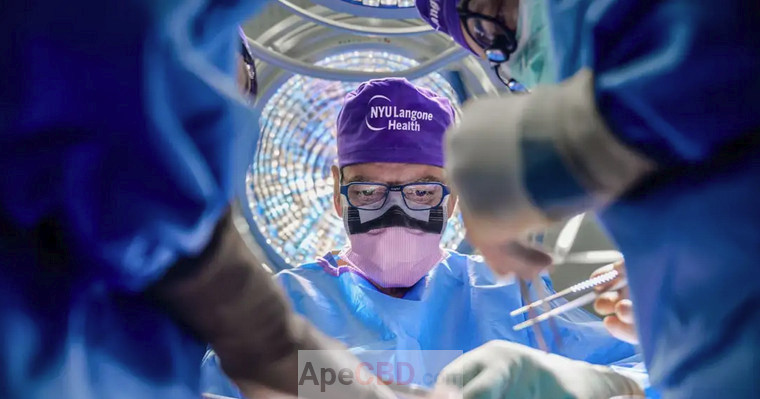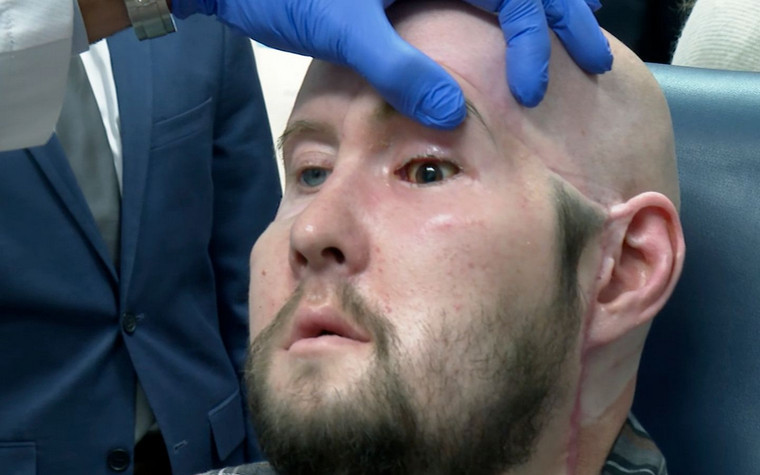
In a historic announcement on Thursday, surgeons at NYU Langone Health in New York revealed that they have successfully performed the world's inaugural whole-eye transplant in a human. This procedure, executed during a partial face transplant, has garnered widespread recognition, even though the recipient has not yet regained vision in the transplanted eye.
Over the past six months since the unprecedented surgery, the transplanted eye has exhibited encouraging signs of health. The surgical team, led by Dr. Eduardo Rodriguez, reported well-functioning blood vessels and a promising retina in the grafted eye.
Dr. Rodriguez emphasized the monumental nature of the achievement, stating, "The mere fact that we transplanted an eye is a huge step forward, something that for centuries has been thought about, but it's never been performed." Previously, medical practitioners could only transplant the cornea, the eye's clear front layer.
The recipient, Aaron James, a 46-year-old military veteran from Arkansas, endured a work-related high-voltage electrical accident that resulted in the destruction of the left side of his face, including his nose, mouth, and left eye. The extensive transplant procedure, lasting 21 hours, was initially intended to include the eyeball for cosmetic purposes, with the primary goal of ensuring the eyeball's survival.

Aaron James of Hot Springs, Arkansas, poses with Dr. Eduardo D. Rodriguez after he underwent surgery for the world’s first whole-eye transplant as part of a partial face transplant at NYU Langone in an undated photograph.
While the transplanted eye currently does not communicate with the brain through the optic nerve, the surgical team remains optimistic. To promote the healing of the connection between the donor and recipient optic nerves, surgeons incorporated adult stem cells harvested from the donor's bone marrow into the optic nerve during the transplant. This innovative approach aims to replace damaged cells and safeguard the optic nerve.
Dr. Rodriguez highlighted that the transplantation of a viable eye globe opens up new possibilities, even if sight is not restored immediately. He explained that other research teams are exploring methods to connect nerve networks in the brain to sightless eyes, such as the insertion of electrodes, with the goal of restoring vision.
Aaron James, who retained vision in his right eye, understood the experimental nature of the procedure and the uncertainty regarding the restoration of vision in the transplanted eye. Despite the initial skepticism, James expressed a willingness to contribute to scientific advancements, stating, "Even if I can't see... maybe at least you all can learn something to help the next person."
While the doctors did not expect immediate success, Dr. Rodriguez emphasized that the achieved results are commendable for such a technically demanding operation. The potential for James to regain sight in the transplanted eye remains uncertain, but the success of this groundbreaking procedure marks a significant stride in the pursuit of innovative medical solutions.


